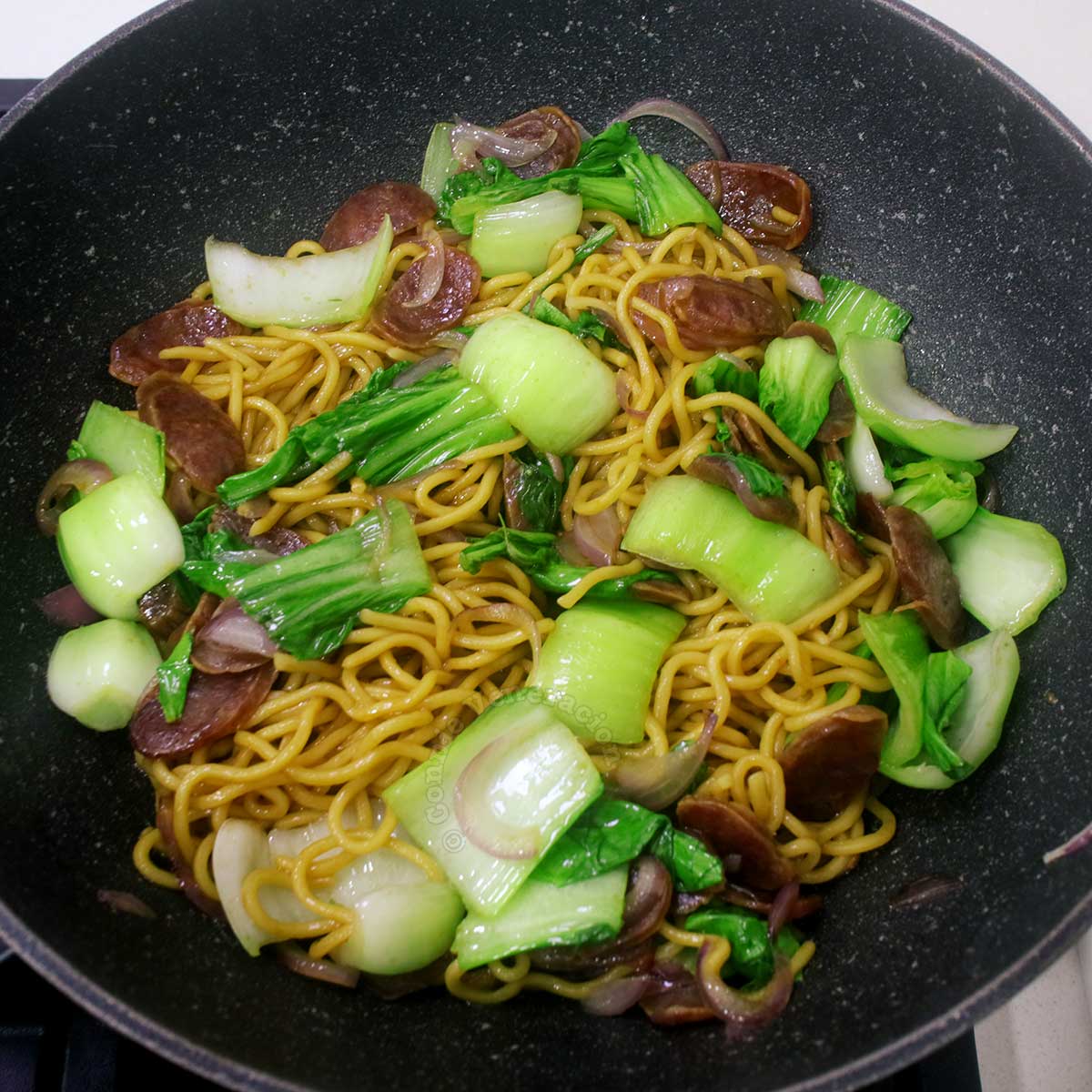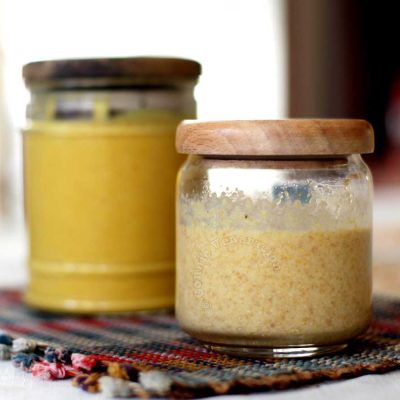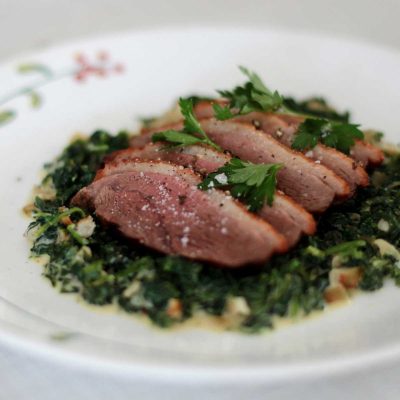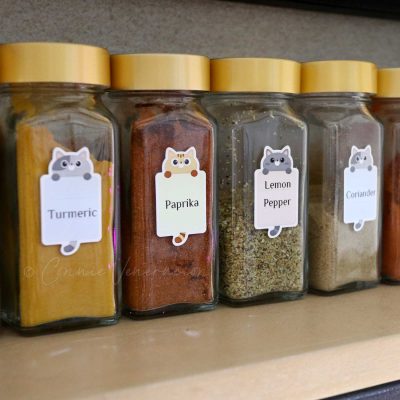In Asia, noodles are made with wheat, buckwheat, rice or plant starches. They can be thick, thin, flat, squared or round. And they are sold fresh or dried.
It can be confusing enough for any Asian who’s just starting to learn to cook. For non-Asians, it can be a nightmare finding the right noodles for a dish. But there are tricks to get rid of a huge chunk of the confusion.
The key is in knowing the types of noodles. In general terms, there are three. There are more, of course, but let’s stick to the basics for now.
Rice
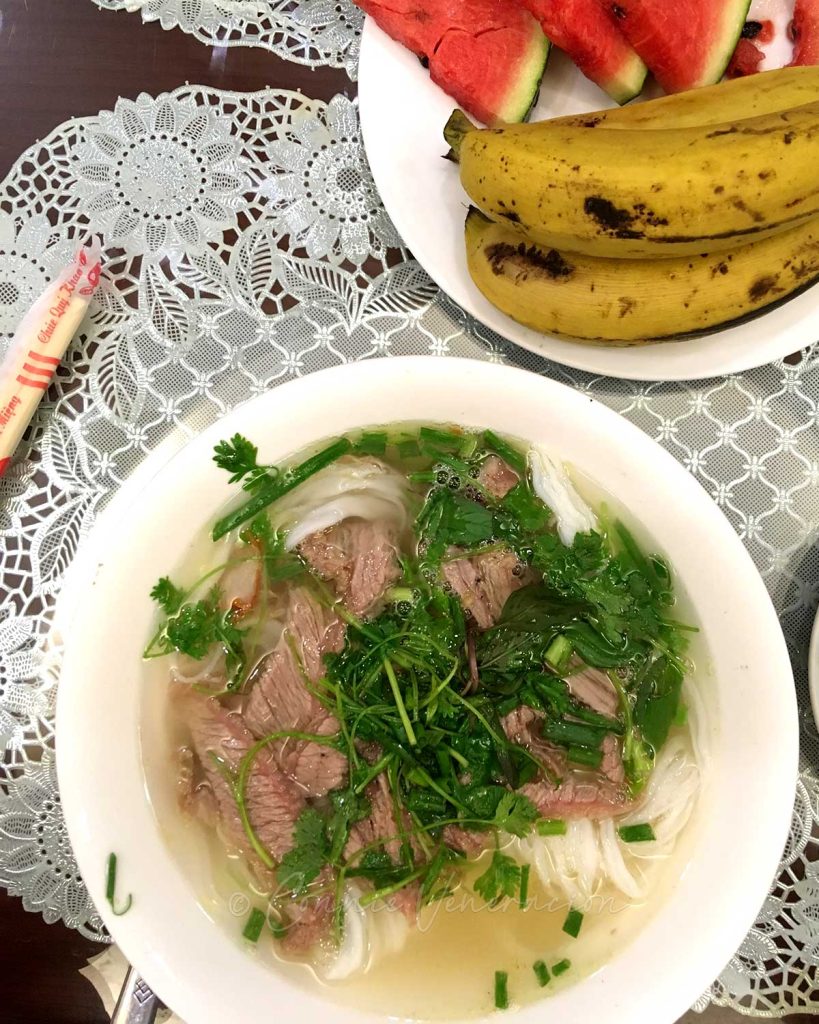
Rice noodles are white and opaque. Even after cooking, they remain white and opaque. They are sold flat or round. When round, they are sold thick or thin. When flat, they come in different widths and thicknesses. Kway teow, chow fun (or ho fun) and pho noodles are all made with rice starch.
Wheat (and buckwheat)
The noodle type with the most variety. Japanese somen and chuka men (the noodles used in ramen), Chinese lamian and mee pok… these are just some of the many Asian noodles made from wheat.
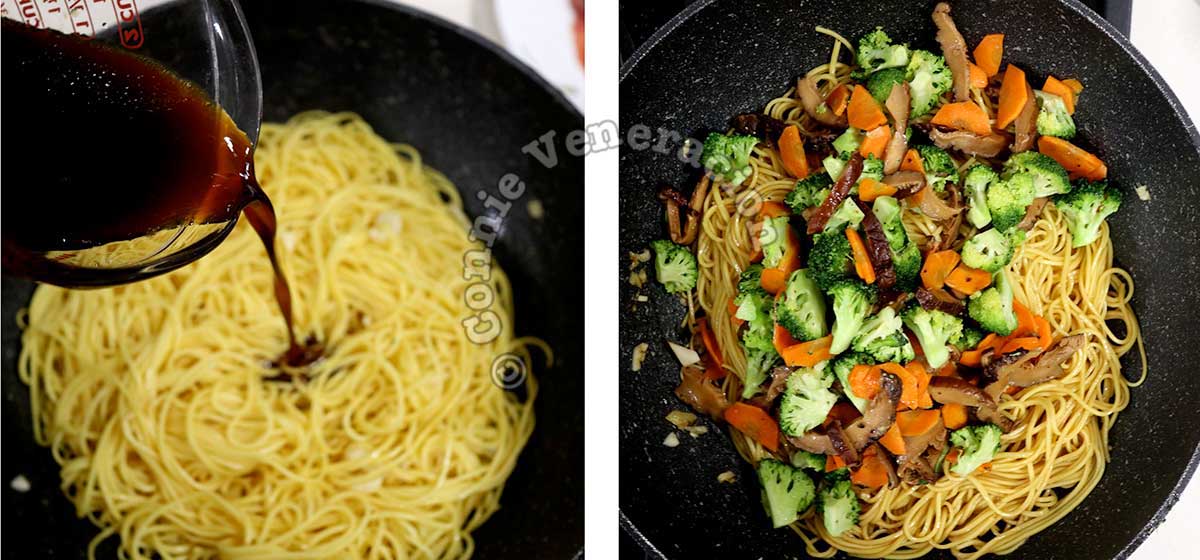
So, these are the chewy noodles? Not all wheat noodles are chewy. Those that are chewy are made with the addition of lye water and / or egg that give them a bouncier texture and a yellowish hue.
Buckwheat noodles are made from the starchy edosperm of the grain-like seed of buckwheat, a plant that isn’t related to wheat at all. The Japanese noodle soba translates to buckwheat, its main ingredient.
Starch
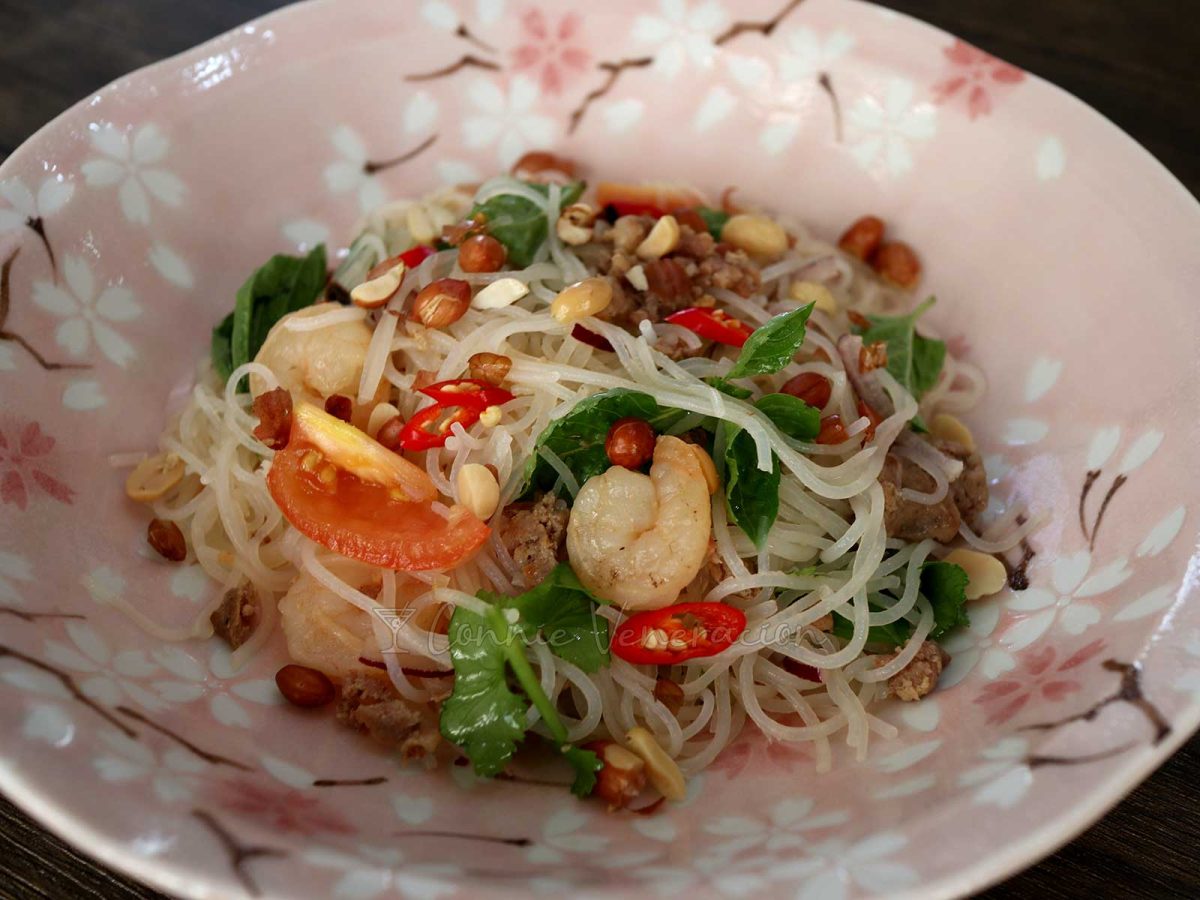
Noodles made from starch are transparent. Well, translucent may be more accurate, but you get the picture. These noodles are not opaque. And they don’t turn opaque after cooking either. They look like frosted glass which is why they are often referred to as glass noodles or cellophane noodles.
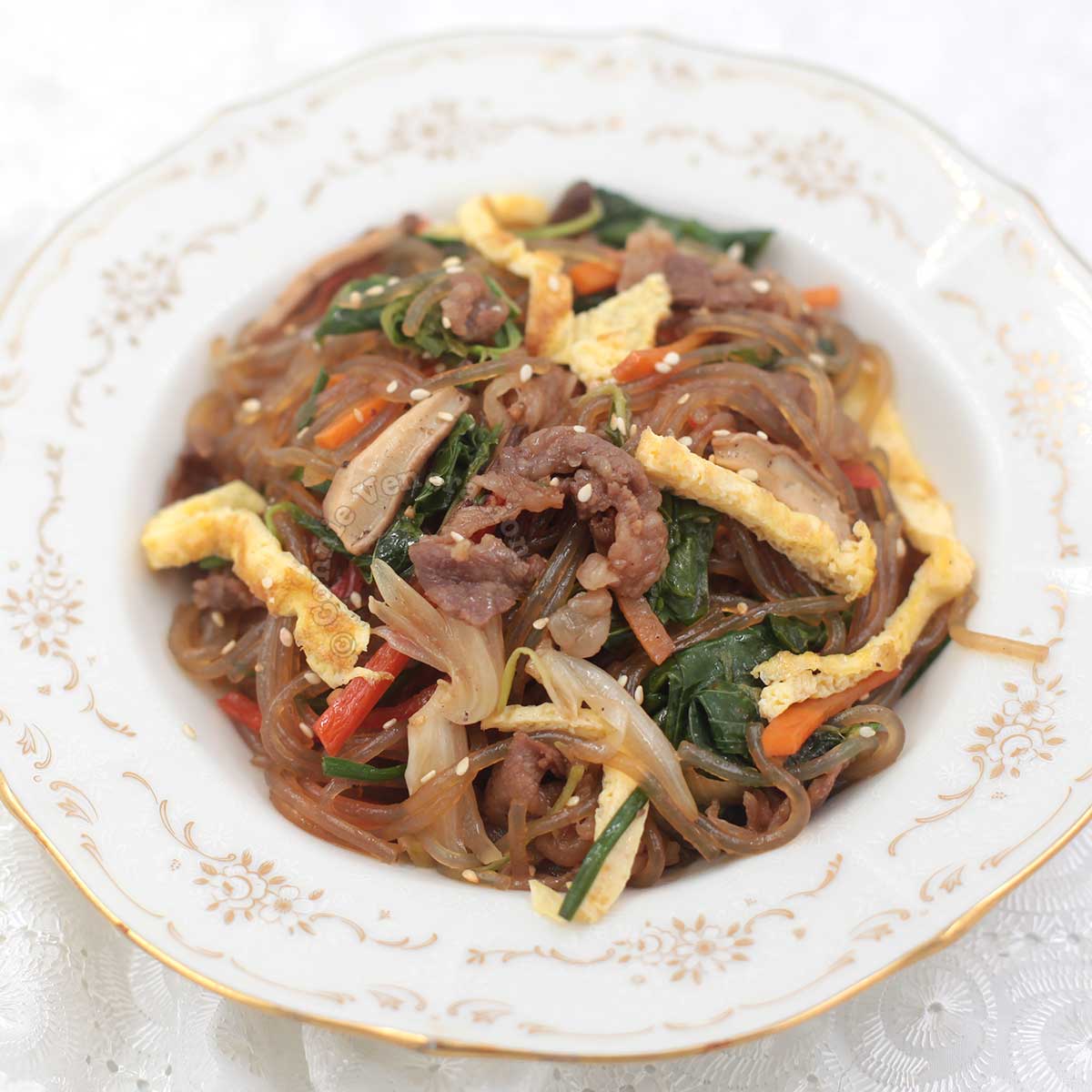
Made with potato, sweet potato, mung bean or tapioca starch, they may be thin or thick, clear or brownish as in the case of Korean dangmyeon.
Why the right noodle matters
In practical terms, you can use most (but definitely not all) Asian noodles interchangeably because they are versatile enough to be cooked into a wide array of dishes especially stir fries and soups. But, if you’re aiming for a bit of authenticity, getting the right noodle matters a lot.
The texture, appearance and mouth feel of the noodle depends on the kind of starch used.
When shopping, forget the regional name of the noodle
Rice noodles from Thailand and Vietnam will have different regional names but are essentially the same. Yes, you can make kickass pho using rice noodles made in Thailand. In the same manner, you can cook pad Thai with rice noodles imported from Vietnam.
When shopping for Asian noodles, the trick is to check the ingredients list on the label (except in very rare cases, there is an English translation for the ingredients). See what kind of starch was used. Even if you can’t pronounce the regional name of the noodle, if you know what starch was used to make it, you’re in a better position to judge if it’s a good choice for the dish you want to cook.

